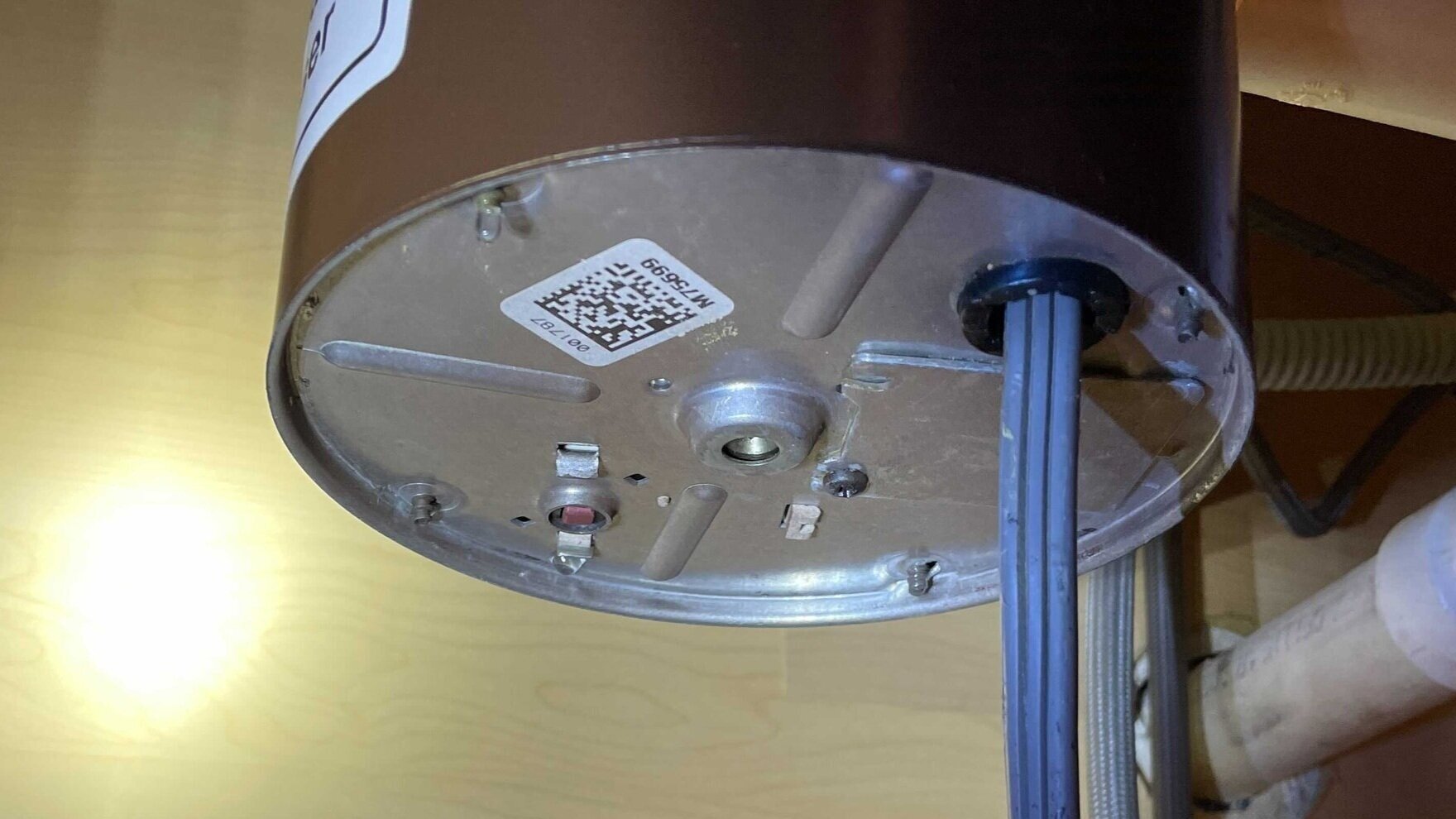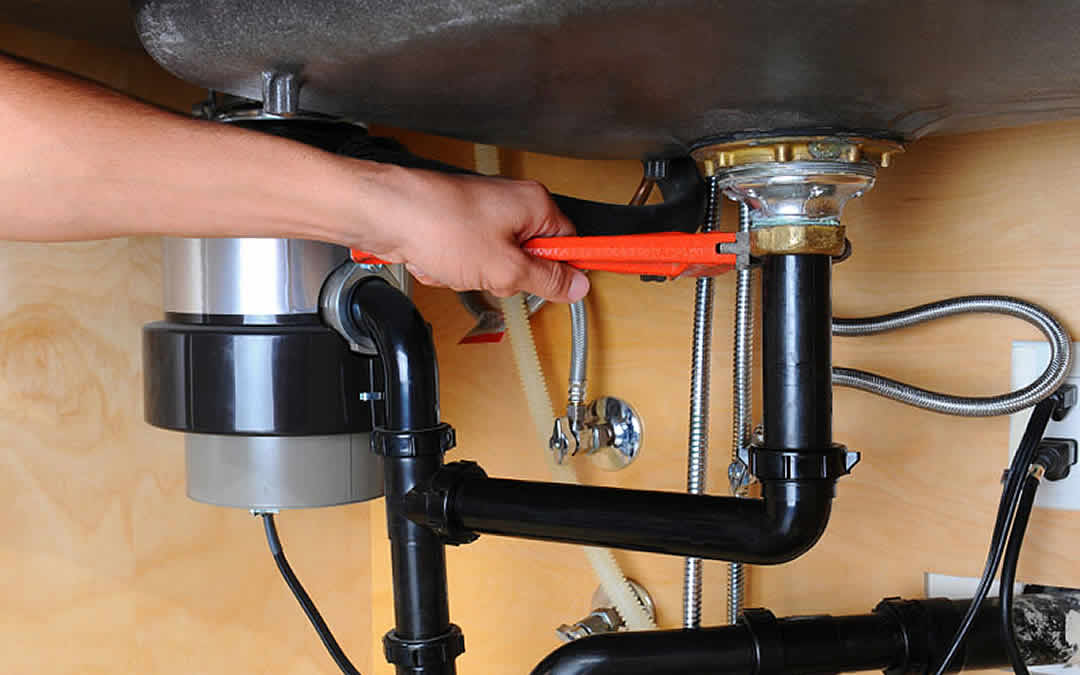Your Comprehensive Guide to Fixing a Leaky Garbage Disposal
Your Comprehensive Guide to Fixing a Leaky Garbage Disposal
Blog Article
What are your ideas on How to fix a pretty consistent leak from my garbage disposal?

Garbage disposals are vital kitchen appliances that help in getting rid of food waste effectively. Nonetheless, a dripping waste disposal unit can be an irritating and untidy problem to handle. Fortunately, many leaks can be taken care of easily with a couple of simple actions. In this short article, we will certainly talk about how to deal with a leaking garbage disposal properly.
Intro
Waste disposal unit are installed under kitchen area sinks and are created to shred food waste right into smaller sized items, allowing it to travel through the plumbing system easily. While these gadgets are usually dependable, leaks can take place gradually as a result of deterioration, loosened connections, or damage to the device.
Common Root Causes Of Leaks in Waste Disposals
Worn Seals and Gaskets
Seals and gaskets play an important duty in preventing water from leaking out of the garbage disposal. In time, these elements can degrade, leading to leakages around the disposal system.
Loose Links
The connections between the waste disposal unit and the pipes system can become loosened with time, creating water to leak out throughout operation.
Cracks or Openings in the Disposal Device
Physical damage to the waste disposal unit, such as splits or openings in the real estate, can likewise result in leakages.
Identifying the Source of the Leakage
Prior to attempting to deal with a leaking garbage disposal, it is essential to recognize the source of the leak. This can normally be done with aesthetic evaluation or by conducting easy tests.
Visual Inspection
Inspect the garbage disposal unit very carefully for any type of indicators of water leakage. Pay close attention to locations around seals, gaskets, and link points.
Examining for Leakages
One means to test for leakages is by running water with the disposal system and looking for any noticeable indications of leak.
Tools and Products Needed for Taking Care Of a Leaking Waste Disposal Unit
Before starting the repair service process, gather the required devices and materials, consisting of a screwdriver, adjustable wrench, plumbing technician's putty, replacement seals or gaskets, and epoxy or patching material for repairing fractures or holes.
Step-by-Step Guide to Repairing a Leaking Waste Disposal Unit
Shut off the Power
Prior to attempting any kind of fixings, ensure that the power to the waste disposal unit system is switched off to prevent the danger of electrical shock.
Find the Leak
Determine the specific area of the leak and figure out the reason.
Tighten up Links
Use a wrench to tighten any loose connections between the disposal device and the pipes system.
Change Seals or Gaskets
If the leak is due to worn seals or gaskets, remove the old elements and change them with new ones.
Patching Fractures or Holes
For splits or holes in the disposal device, usage epoxy or a suitable patching product to secure the broken location.
Testing the Waste Disposal Unit After Repair Work
When the repair is full, evaluate the garbage disposal by running water via it to ensure that the leakage has been settled.
Preventive Upkeep Tips to Prevent Future Leakages
To avoid future leakages, it is vital to do normal upkeep on your waste disposal unit. This consists of maintaining it clean, preventing putting non-food products or tough things down the disposal, and periodically looking for leaks or other problems.
Conclusion
Finally, repairing a dripping garbage disposal is a fairly straightforward process that can be completed with fundamental tools and materials. By complying with the actions detailed in this short article and practicing precautionary upkeep, you can keep your garbage disposal in good working problem and avoid costly repairs in the future.
What to Do About a Leaking Garbage Disposal
A leaking garbage disposal often goes unnoticed until you confront a sopping cabinet, a foul-smelling puddle, or an audible drip-drip-drip from the unit. The fix can be frustrating, too, because the leak can stem from a number of components in the system. Fortunately, with a little sleuthing, you can zero in on the leak and—depending on the exact location—stop the icky oozing and repair the component that caused it. Worst case scenario, if it turns out that the garbage disposal must be replaced, installing a new one is a reasonable do-it-yourself task for those with basic plumbing skills. Read on to keep the cash you’d otherwise hand over to a pro.
Prepare to find the leak
Prior to testing the garbage disposal for leaks, unplug it at the wall outlet and turn off the power from the breaker box to prevent electrical shock. Then insert a watertight sink stopper into your sink drain and wipe the unit dry with a clean cloth. In any handy container, mix a few drops of food coloring into a few cups of water, and pour the dyed water onto the sink stopper to help you locate the leak.
Investigate the source
the top, where the disposal meets the sink drain the side, where the dishwasher hose or main drain pipe connects to the disposal or the bottom of the unit Inspect each of these locations while gliding a light-colored rag over the unit; the dyed water will readily show on the rag and reveal the location of the leak. If a leak isn’t immediately apparent, remove the sink stopper and pour a few more cups of dyed water down the sink drain, then check for leaks again. Leaks near the top of the unit are more likely to show themselves while the sink is plugged, while side and bottom leaks are more noticeable while the sink is unplugged.
The metal sink flange that sits directly inside the sink drain is typically sealed around the top with plumber’s putty (a clay-like sealant) and then secured from under the sink with bolts. If the plumber’s putty deteriorates, or the bolts loosen, the flange can no longer form a watertight seal between the sink drain and the disposal—which could cause a leak at the top of the unit.
To reseal the leaky flange, you must first detach the garbage disposal. Start by loosening the screws securing the main drain pipe to the disposal, then loosen the screws in the metal clamp securing the dishwasher hose to the disposal and detach the drain pipe and dishwasher hose from the disposal. Loosen the screws in the mounting ring that connects the disposal to the metal mounting assembly beneath the sink, then pull down the disposal and carefully set it on a clean, dry surface. Loosen the bolts in the mounting assembly with a wrench, then pull down the mounting assembly and set it near the disposal.

Hopefully you enjoyed reading our topic about Why Is . Thanks a ton for spending some time to read through our piece. Sharing is nice. Helping others is fun. Thanks so much for your time spent reading it.
Booking Report this page